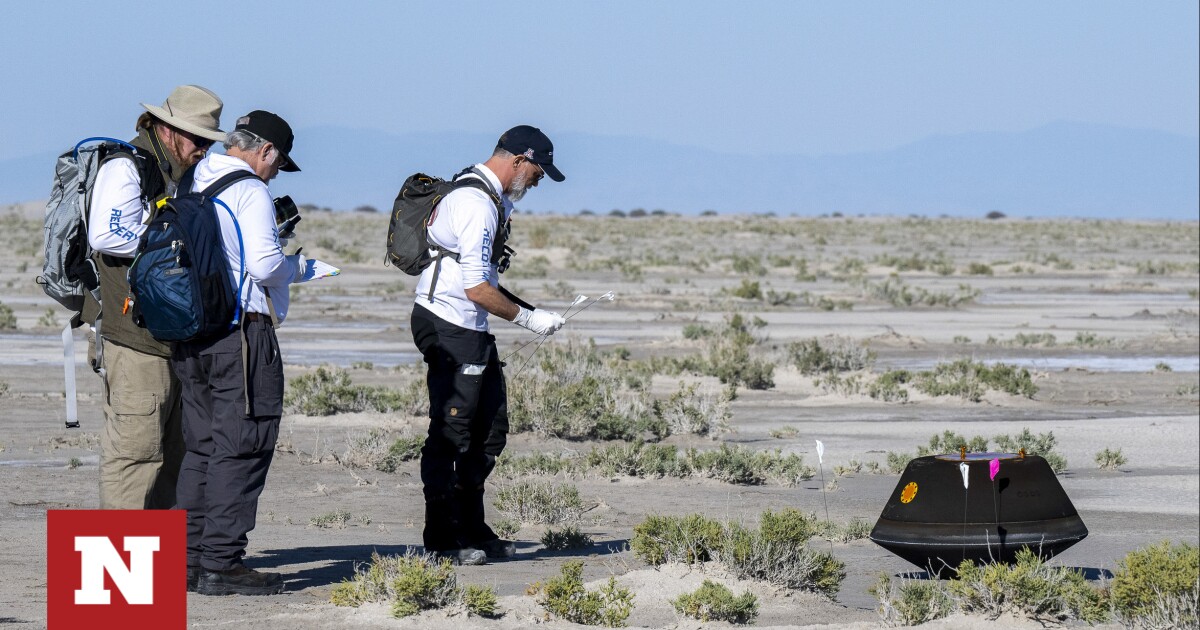
Seven years after being launched into space, the OSIRIS-REx space capsule returned to Earth yesterday (09/24), and with it a precious cargo – a sample of the asteroid Bennu.
The capsule landed in the Utah desert at 3:52 p.m. (local time), quoted approx 250 grams of rocks and dirt It was collected from the asteroid Bennu as part of the OSIRIS-REx mission NASA.
The asteroid was created before 4.5 billion years It is said to be on a possible collision course. Scientists estimate that Bennu will make its next close flyby of Earth in just over a century 2135.
The next step for scientists is to analyze Bennu’s samples. Based on the images, they believe the sample contains a mixture of dust and rocks, some of which are so fragile that they would never reach our planet as meteorites.
Previous analyzes of meteorites found on Earth revealed that rocks that fell to our planet contain… Five nuclear bases They are necessary for the creation of life: adenine (A), guanine (G), thymine (T), cytosine (C), and uracil (U). However, scientists were not sure whether these particles came from space or were pollutants from Earth’s atmosphere.
“One of the most important parts of the sample return mission is that we will take 75 percent of that sample and preserve it for future generations, for people who have not yet been born to work in laboratories,” Lori Glaze, NASA’s director of planetary science, told the BBC. “It exists today, using tools.” We haven’t thought about it yet.”
Earlier this year, its scientists Japanese mission Hayabusa 2 on asteroid Ryugu They discovered two organic molecules Necessary for the organisms in the samples extracted from them Ryugu asteroids, Which reinforces the view that some of the vital components for the emergence of life have reached Earth before Billions of years.
Scientists do not yet know how the basic building blocks of life were formed on Ryugu. However, some believe it is possible that the amino acids and nucleotides were formed when interstellar ice was exposed to intense cosmic rays: causing simple molecules trapped inside to break down and reassemble them into more complex configurations. These molecules may have eventually reached Earth via meteorite impacts, where they created life in the primordial oceans.
Today (9/25) capsule Osiris Rex It will be transported to a laboratory at NASA’s Johnson Space Center in Houston. The US space agency plans to present the samples to the public on October 11 and send some to laboratories around the world. If they contain precursors to life, we will likely find out within the next two years.
source: ERT

“Total alcohol fanatic. Coffee junkie. Amateur twitter evangelist. Wannabe zombie enthusiast.”





More Stories
Is this what the PS5 Pro will look like? (Image)
Finally, Windows 11 24H2 update significantly boosts AMD Ryzen – Windows 11 performance
Heart Surgeon Reveals The 4 Things He ‘Totally Avoids’ In His Life